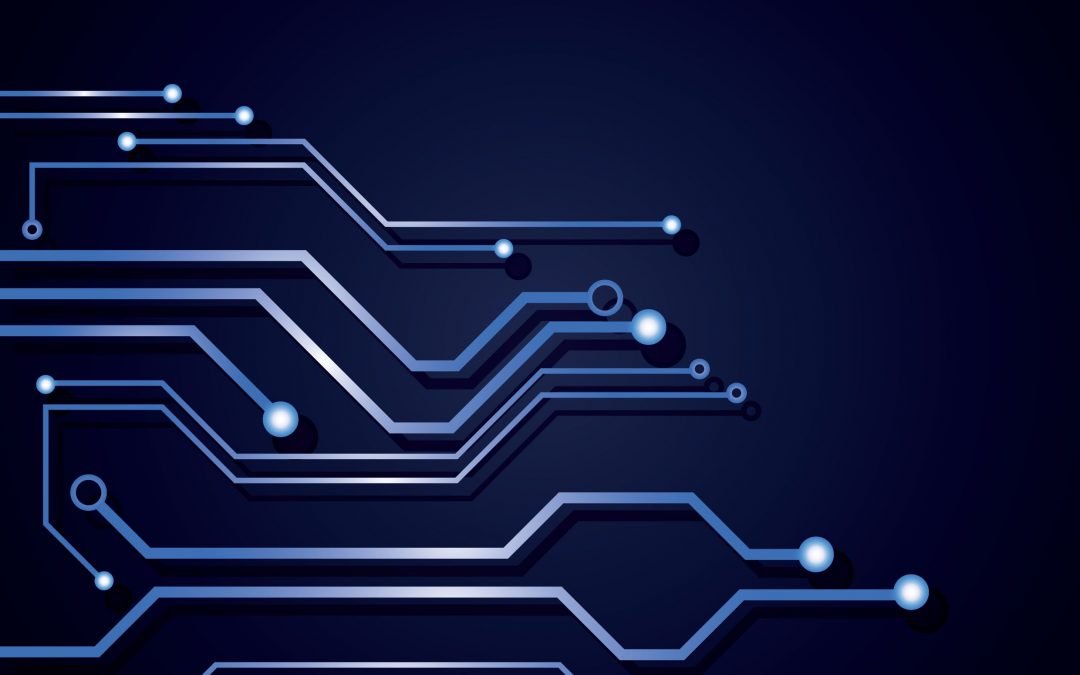Printed circuit boards (PCBs) are the foundation of nearly every electronic device—from smartphones to industrial equipment. As such, a precise and reliable PCB assembly process is critical to ensure high performance and safety. Below, we walk through each key stage of PCB assembly, explaining how components come together to form the heart of modern electronics.
1. Blueprints and Layouts
Every PCB assembly starts with a detailed blueprint or layout. These digital schematics guide the entire manufacturing process, ensuring that every layer and component aligns perfectly.
With advances in automation, today’s PCB manufacturing facilities are highly efficient and often require minimal human labor on the production floor. Automated systems now handle everything from board movement to placement accuracy.
To begin the PCB assembly, bare boards are inserted into a laser marking machine, which assigns each one a unique serial number. This labeling step is essential for traceability in large-scale production environments, though it’s not always standard for small-batch PCB manufacturers.
2. Applying the Solder Mask
Next, a solder mask is applied to the board. This green (or sometimes red or blue) coating protects the board and determines where solder will adhere. A specialized inspection machine ensures the board is properly aligned before solder is applied.
Once aligned, solder is evenly spread across the board’s surface. A second inspection follows to verify the uniformity of the application, preventing defects that could affect connectivity.
3. Component Placement
Component placement is a fast, automated step where machines use rotating heads to pick components from reels and place them precisely onto the board. This pick-and-place process may happen multiple times, depending on the board’s complexity.
After all components are placed, the board moves into the reflow oven, where the solder is melted and then cooled. This secures the components and establishes solid mechanical and electrical connections.
4. Reflow and Cooling
In the reflow process, the board is gradually heated to melt the solder paste. Once components are set, the board cools down so that connections solidify into durable joints. This step is essential to maintain signal integrity and mechanical strength.
5. Inspection and Electrical Testing
The assembled PCB now undergoes automated optical inspection (AOI) and electrical testing. These systems verify that each pin contacts the correct pad and that no misplaced or faulty components remain.
Two common testing methods are used:
-
Bed of Nails: Suitable for high-volume testing, this method uses a custom fixture to test multiple points at once. It’s fast but costly to implement.
-
Flying Probe: Ideal for small batches and high-mix boards, this method uses moving probes to test points sequentially without custom fixtures.
For boards with BGA (Ball Grid Array) components, X-ray inspection is often required. Since BGA pins are located underneath the chip and aren’t visible, X-ray imaging ensures proper soldering and placement.
6. PCB Components Overview
While PCBs vary by device, common components include:
-
Fuses – to prevent overcurrent damage
-
Transformers – for voltage conversion
-
Switches – for circuit control
The type and quantity of these elements depend on the board’s function within an appliance, whether it’s a refrigerator, air conditioner, or industrial control panel.
PCB Assembly with Nova: Quality at Every Step
The PCB assembly process requires precision, automation, and thorough inspection to ensure reliability and performance. At Nova Engineering, we’ve delivered just that for over 35 years.
Based in Denver, our advanced facility supports full-service PCB assembly, including turnkey, consigned, and prototype builds. With three production lines and a dedicated team, we serve industries ranging from aerospace and medical to telecommunications and environmental monitoring.
Whether you’re building one board or thousands, Nova provides the flexibility, expertise, and quality you need—on time and on budget.


Recent Comments